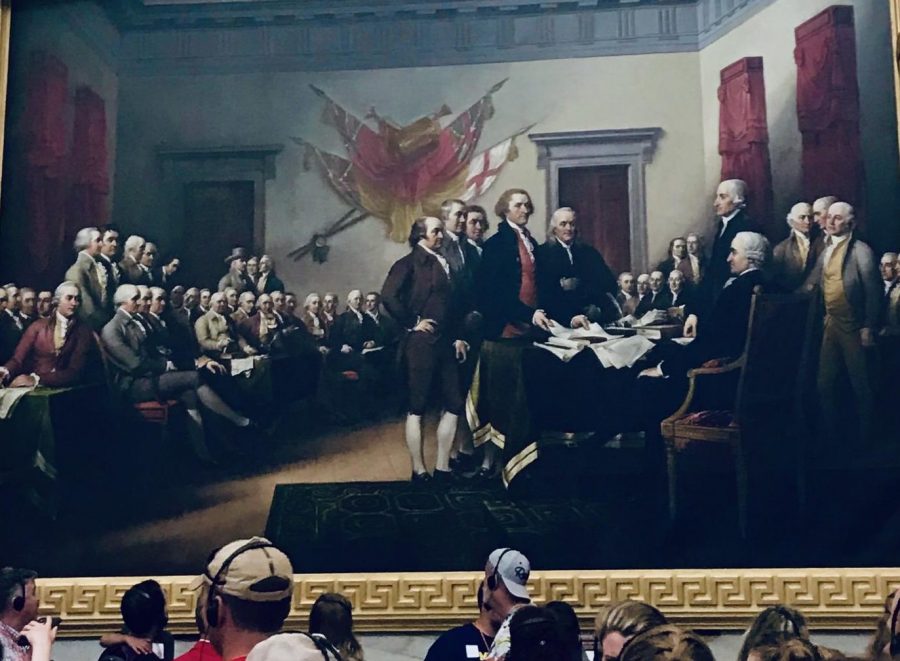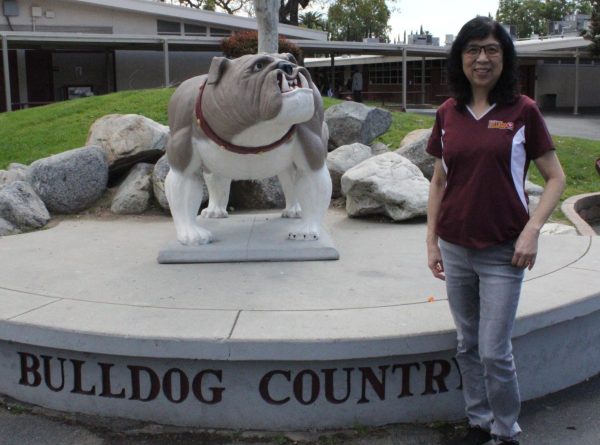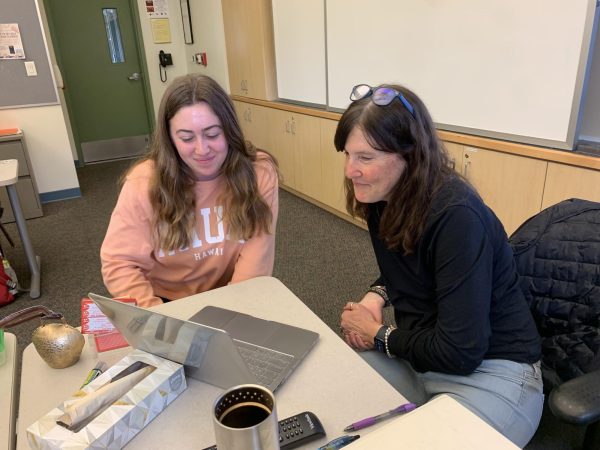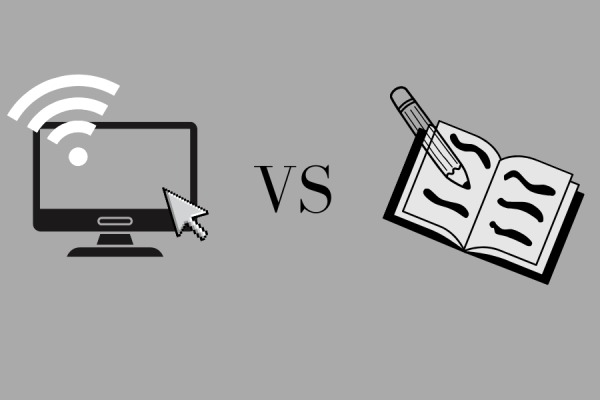The Divided States of America
Visitors at the capitol building observe a painting of the Constitutional Convention, where the Founding Fathers used negotiations to form our nation.
March 3, 2021
Heather Heyer was a Virginia native who grew up in a predominantly white, working-class community. She was a descendant of coal miners. Like many Americans, she was worried about newly-elected President Donald Trump’s effect on the country.
She began to notice more frequent occurrences of racism in her community. It was a sunny day in Charlottesville, Virginia when Heyer and her friends were walking downtown while a white supremacist rally and Black Lives Matter counter-protest simultaneously unfolded.
Suddenly, Heyer was struck by a car driven by a white supremacist, ending her life at the young age of 32, in part due to the intense political polarization within America.
Social media and widely accessible digital media which push biased narratives coupled with an inability to compromise have left America more polarized than ever before. However, if one wants to understand the division in America seen today, they must go back to its inception.
America is Born
America was born a nation divided, the north and south were dramatically different economically, culturally, and politically. Southern statesmen such as Thomas Jefferson and James Madison clashed with delegates such as Alexander Hamilton of New York.
The Founding Fathers disagreed with each other on how our nation should be built. They argued about how the government should be structured and struggled to establish a system where the competing interests of urban and rural areas would be fairly represented.
With such a large and diverse country representing everyone fairly was extremely difficult. The negotiations were fierce but, in the end, politicians were able to settle their differences peacefully and created a new republic: The United States of America.
The Civil War
However, not all of the newly established nation’s issues were able to be resolved peacefully.
Africans were still being shipped over to the Americas under brutal conditions and were sold to wealthy white landowners. White people had the longstanding belief that they were a superior race, which they used to justify their mistreatment of Africans. Slaves worked picking cotton in brutal conditions; families were separated, individuals were beaten, and Black Americans were seen as property, not people.
Slavery became a contentious issue as it was essential to the economies of southern states such as Virginia, and these southern states wanted to legalize slavery in the new states were being added.
Those opposed to slavery founded a new political party, the Republican party, which still exists today. However, it is important to note that while the party might exist today, the party does not represent the same values as it did during the 1800s.
After the creation of the party, Abraham Lincoln became the first Republican president of the nation. This signaled to the south that they had lost their influence in the nation, and slavery was bound to be abolished. This left them with two options: either accept a ban on slavery or leave the nation. The south chose to secede.

The young republic was torn between the north and the south and bitter fighting broke out. The southern states seceded to form the Confederate States of America, and the north went to war in an effort to keep the southern states in the union. The war lasted 4 years, and 620,000 Americans died in battle. In the end, the Union was victorious, and slavery was abolished.
However, the scars from the war never fully healed. Some still proudly fly the confederate flag today, and there are hundreds of statues of confederate soldiers and generals.
Jim Crow Laws, The KKK, and The Civil Rights Movement
While slavery had been abolished, people of color were still not treated equally to white people, and the United States was still clearly divided along racial lines. The Jim Crow laws were established to systematically and legally discriminate against people of color. Black Americans were denied the right to vote, leaving them no voice in the political process.
Furthermore, because of segregationist policies, Black people could not go to the same schools, eat at the same restaurants, or attend the same churches as white Americans.
In the south, former confederate soldiers held many powerful positions in the legal system such as judges and law enforcement, creating extreme racial bias. Black Americans were “free” in name only.
White supremacist groups like the Klu Klux Klan grew in the years following the Civil War. Their racial fear-mongering was popular in the post-Civil War era. They carried out many hate crimes such as burning crosses and lynched countless black people. The Klu Klux Klan still exists today, a reminder of the harsh division between people of color and white people after the civil war.
The unjust Jim Crow laws and violent hate groups like the Ku Klux Klan led to cries for justice from many.
The segregation of schools came under fire for being unfair, as the white schools were much better funded than Black schools, undermining the notion that the institutions were “separate but equal.” Ultimately, the Supreme Court ruled in favor of Brown in the case Brown v. Board of Education, ending the practice of segregation in schools. Despite this win, leaders such as Martin Luther King Jr. and Malcolm X fought hard for further civil rights for American minorities. However, these cries for justice came with a cost. King Jr. and X were both assassinated, and it took years of riots and protests for the practice of segregation to end. Nonetheless, the civil rights movement was successful, as it led to the creation of the Civil Rights Act of 1964 and the desegregation of American society.
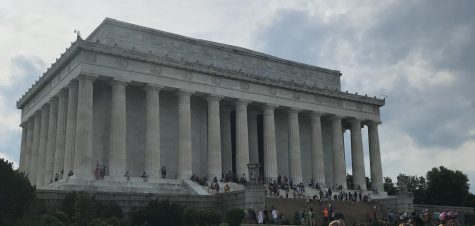
Division in America Today
While America has made progress mending its racial divisions, political division is still prevalent today. If it wasn’t, Heyer would still be alive today. America has been divided by race, region, gender, and other factors for generations. However, some analysts today believe that America is even more divided than it was during the Civil War. The U.S. is facing political polarization to extents rarely seen before, and multiple factors have caused this.
Social Media and News Today
According to experts like Carlmont history teacher Jarrod Harrison, the media has been a driving force in the division of America.
“I see media sources and social media messages that represent the divisions I see in the U.S. at this time. These media narratives politicize almost everything and drive the perception of divisions,” Harrison said.
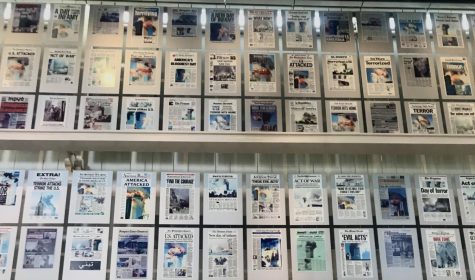
An obvious example of the media driving narratives is in the biases of news channels today. Most news sources today have shown clear biases towards either liberal and conservative views. For example, two of the biggest news sources in America are CNN and Fox News. Coverage on CNN tends to skew to the left while Fox News appeals more to the right. This leads to the audience of these networks forming views that are similar to these channels. Then, when audiences see news on these channels in the future, their newfound biases are reinforced by the narratives these media outlets push.
However, it is not just news channels that drive political narratives. Comedy and late-night television are also a huge part of what causes political division in America. On the surface, comedy shows offer a fun and lighthearted way to understand what is happening in the world today. However, these shows help in driving political narratives just as much as news networks. Portrayals of politicians on shows such as “Saturday Night Live” and the humorous monologues of stand up comedians such as Stephen Colbert and Trevor Noah have a large effect on viewers, as they usually ridicule many political ideals, policies, and even politicians. This causes the audience of these shows to be more skeptical of the ideas and people satirized in these shows, which leads to people creating views on issues solely based on the information given to them by comedy shows.
Finally, an important aspect of political narratives today is the advent of social media. Apps like Twitter, Facebook, and Instagram offer brief summaries of what is happening in the world. People can share articles on these apps which can help spread the news of an event. However, fake news has become an issue on many of these platforms, as people don’t verify whether the information they are sharing is true. For example, during the 2020 election, stories were circulating of 138,339 ballots being placed for Biden at the same time. If this were true, it would imply that the Biden campaign was committing voter fraud and forging illegal ballots in his favor. These stories were proven to be false, but the damage was done. Social media was ablaze with accusations of the election being rigged because of their lack of research on the issue. This was harmful as it meant that people were doubting the integrity of American democracy even though the system had worked perfectly to prevent voter fraud.
The bite-size quality of information on social media also plays into people’s lack of understanding of some issues. This leads to serious issues like the Black Lives Matter Movement becoming trends, as people don’t go out of their way to educate themselves on the nuances of issues. Jacob Klinkovich, a junior, expressed his views on the lack of education on politics among students.
“We do have a lot of kids who don’t know what they’re talking about […] like it won’t really matter to people because it won’t be relevant to them.”
People aren’t motivated enough to take the time to research the movements they seem to support, which ultimately leads to a lack of progress.
Lack of Compromise
Finally, one of the biggest problems with politics today is the lack of compromise between people on issues. People believe that their solution to an issue is always completely right, and are unwilling to compromise to solve the problem. In congress, no substantial bills are passed, and parties are blaming each other when ultimately there is no progress being made.
Areg Horoupian, a sophomore, feels that lack of compromise plays a large role in the division of American politics seen today.
“America seems to be politically divided because of the refusal of both sides to see that everyone on both sides has decency and humanity. What I think could help this political divide is to stop seeing people for politics, but for who they are,” Haroupian said.
Without any compromise, America will never be able to move forward, and our country will become even further polarized.
Is There Hope?
Despite all the apparent division, Harrison believes there is cause for hope due to the majority of people still having moderate views on issues.
“Yes, there is hope because it seems the majority of people are somewhere in the middle […] The election of 2020 seems to indicate that moderates held sway in many areas. These ‘swing voters’ are the moderates that I think represent the calm voices that want to solve problems rather than throw fuel on the fire,” Harrison said.
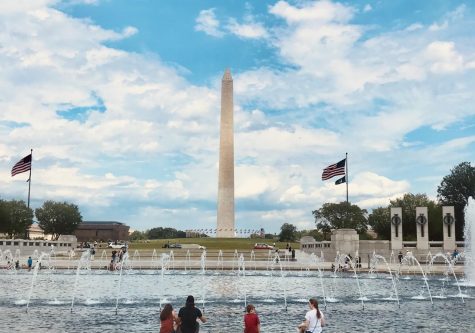
Overall, America has gone through decades of turmoil with the Civil War and the civil rights movement and emerged as a stronger and better nation. The polarization we face today is no different than these issues of the past. People must understand that everyone wants to solve the problems in the world, and just because others have different views on how to solve them does not make them better or worse as people. Hopefully, lives like Heyer’s will not be lost in the future due to political conflict and strife. It will take years of hard work and good leadership, but the U.S. will continue to improve and progress just as it has for centuries past.
“The issues that are driving these divisions have come about over the last 30 years and they will not be solved overnight. They will require leadership and compromise and patience,” Harrison said.
This story was originally published on Scot Scoop News on March 1, 2021.
































![IN THE SPOTLIGHT: Junior Zalie Mann performs “I Love to Cry at Weddings,” an ensemble piece from the fall musical Sweet Charity, to prospective students during the Fine Arts Showcase on Wednesday, Nov. 8. The showcase is a compilation of performances and demonstrations from each fine arts strand offered at McCallum. This show is put on so that prospective students can see if they are interested in joining an academy or major.
Sweet Charity originally ran the weekends of Sept. 28 and Oct. 8, but made a comeback for the Fine Arts Showcase.
“[Being at the front in the spotlight] is my favorite part of the whole dance, so I was super happy to be on stage performing and smiling at the audience,” Mann said.
Mann performed in both the musical theatre performance and dance excerpt “Ethereal,” a contemporary piece choreographed by the new dance director Terrance Carson, in the showcase. With also being a dance ambassador, Mann got to talk about what MAC dance is, her experience and answer any questions the aspiring arts majors and their parents may have.
Caption by Maya Tackett.](https://bestofsno.com/wp-content/uploads/2024/02/53321803427_47cd17fe70_o-1-1200x800.jpg)
![SPREADING THE JOY: Sophomore Chim Becker poses with sophomores Cozbi Sims and Lou Davidson while manning a table at the Hispanic Heritage treat day during lunch of Sept 28. Becker is a part of the students of color alliance, who put together the activity to raise money for their club.
“It [the stand] was really fun because McCallum has a lot of latino kids,” Becker said. “And I think it was nice that I could share the stuff that I usually just have at home with people who have never tried it before.”
Becker recognizes the importance of celebrating Hispanic heritage at Mac.
“I think its important to celebrate,” Becker said. “Because our culture is awesome and super cool, and everybody should be able to learn about other cultures of the world.”
Caption by JoJo Barnard.](https://bestofsno.com/wp-content/uploads/2024/01/53221601352_4127a81c41_o-1200x675.jpg)




